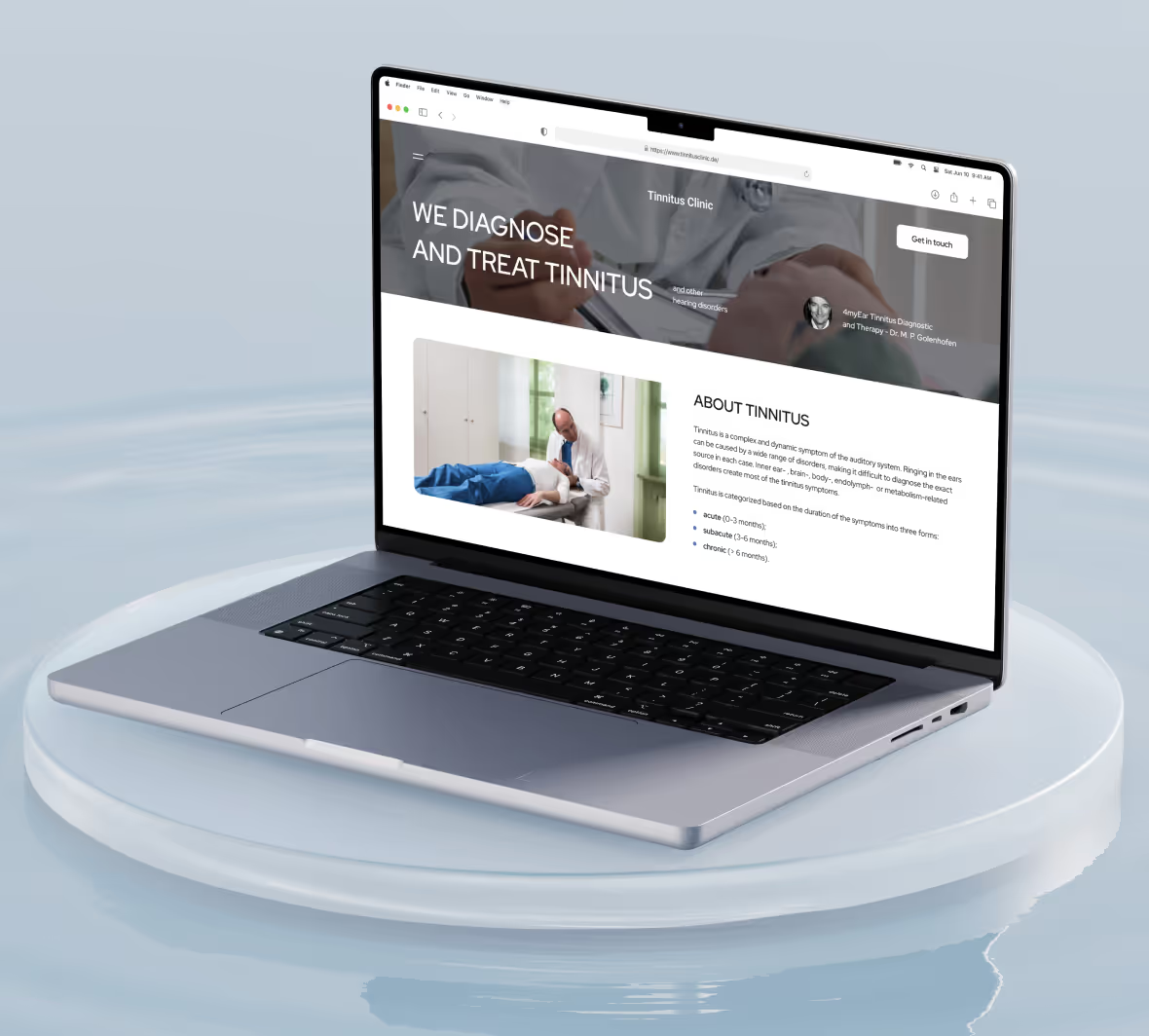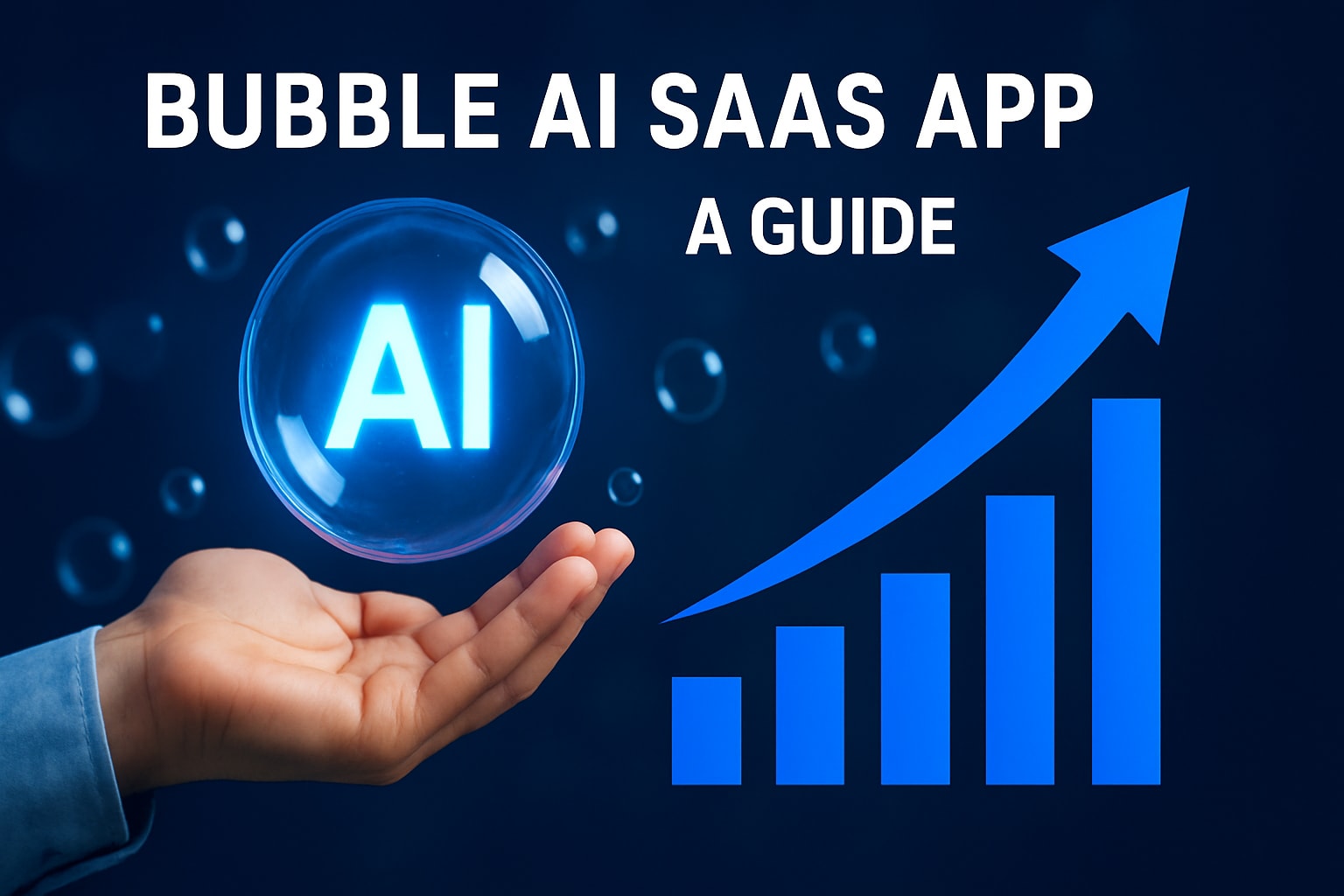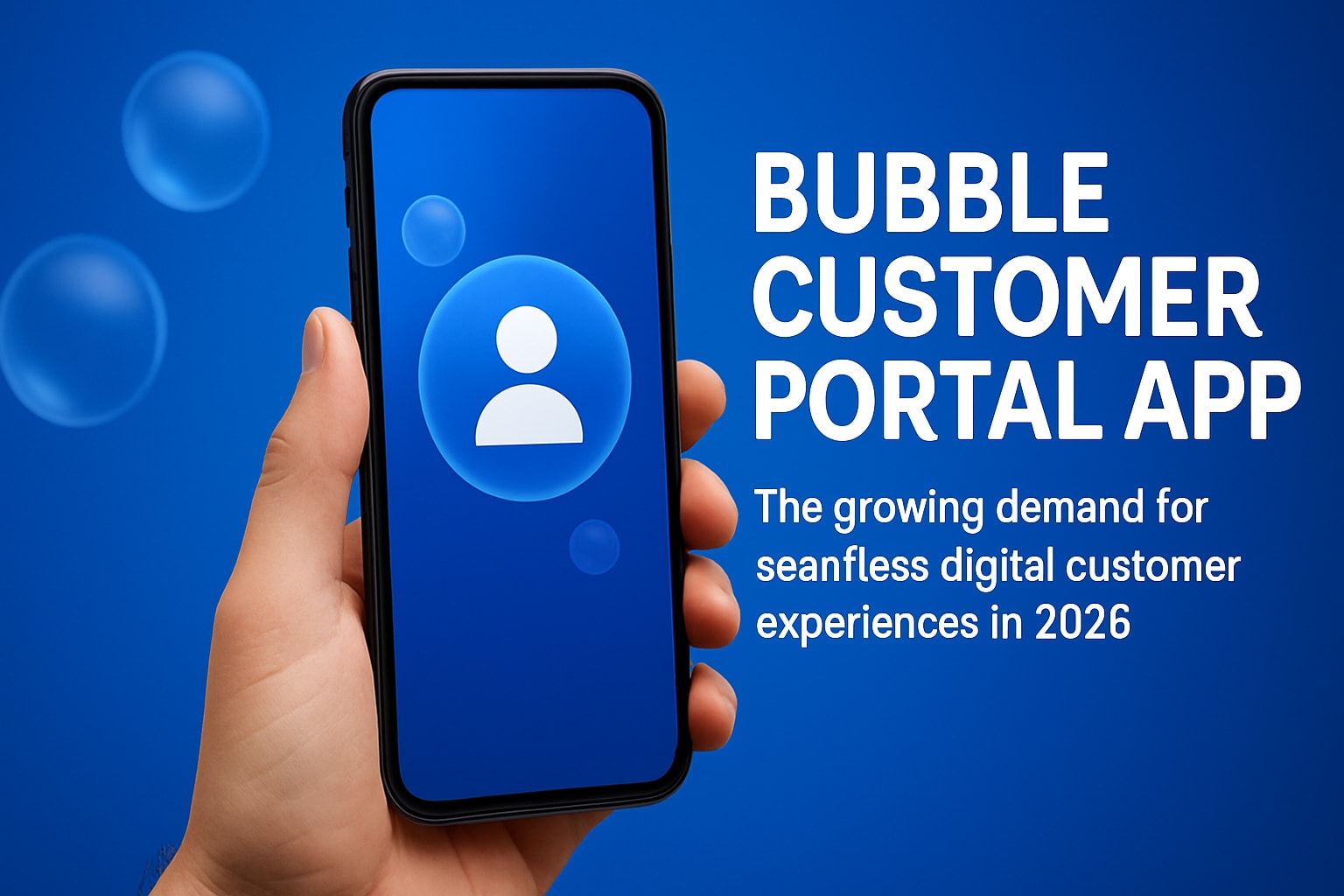
Want to quickly validate your business idea? Using low code development services for building MVPs can save you time and money. This guide will show you how, step by step.
Key Takeaways
- No-code MVP development allows startups to validate ideas quickly and cost-effectively, empowering non-technical users to create functional products without extensive coding skills.
- Key steps in building a no-code MVP include thorough market research, defining a core value proposition, choosing the right no-code platform, planning your app, building the MVP and gathering user feedback for iteration.
- To measure success, focus on critical metrics such as user acquisition, revenue, retention, and utilize analytics tools for continuous improvement and scalability of the MVP.
Understanding No Code MVP development

The landscape for entrepreneurs is being transformed by the advent of no-code MVP development, providing a quicker and more economical route to verify new business concepts. With no-code tools at their disposal, individuals with an entrepreneurial spirit can create operational products swiftly and without the need for deep coding expertise. For startups operating under tight constraints regarding time and funds, this method proves especially beneficial. Central to the concept of an MVP is its ability to test your hypothesis in action, gauge interest from your intended market segment, and determine product feasibility—all achievable through these code-free solutions that circumvent the usual hurdles associated with traditional software development.
Launching into MVP creation requires thorough investigation into the marketplace you’re entering. It’s essential to know who you’re competing against, recognize what they offer already, and find opportunities where unmet customer needs exist—the sweet spots where your MVP should aim to make a difference.
Leveraging no-code platforms enables swift creation cycles along with quick modifications based on feedback, leveraging drag and drop functionality. —a process which notably advances one’s prospects when it comes down to achieving entrepreneurial success amidst fierce competition.
What is a No Code MVP?
A Minimum Viable Product (MVP) can be developed without the need for extensive coding by employing no-code tools. The core purpose of such a No Code MVP is to enable quick validation of your business idea by incorporating only essential features that address a particular issue. By concentrating on fundamental functionalities and simplicity, it becomes feasible to put your concept into action swiftly, engaging actual users and collecting valuable feedback regarding minimum viable products.
No code platforms are designed to facilitate the creation of websites, mobile apps, and various digital offerings even if one doesn’t have the ability to write custom code. These platforms empower individuals who lack technical skills (entrepreneurs and creative minds alike) by providing intuitive interfaces. allowing them to generate web applications or build mobile experiences without any coding expertise.
The principal benefit of harnessing no-code tools when crafting an MVP lies in their inherent accessibility. They do not require programming prowess, which makes these technologies accessible for more people. It’s worth noting that about 95% of scenarios find no code solutions perfectly appropriate for assembling an MVP, which can be further validated through customer feedback .
Benefits of using No Code tools
No-code platforms enable individuals and startup companies to create minimum viable products (MVPs) without the need for in-depth coding expertise, thereby simplifying the development process. This democratization of technology enables users without technical backgrounds to realize their concepts, diminishing reliance on highly skilled programmers. The adoption of no-code solutions can result in significant savings, allowing new businesses to distribute their budgets more strategically.
Employing no-code platforms considerably reduces the time it takes to get an MVP off the ground, facilitating swift entry into competitive markets. This expedited pace is essential as it provides startups with the flexibility they need to quickly test out ideas, even without extensive coding knowledge. , make necessary modifications and enhance their offerings.
By providing a smooth user experience coupled with compatibility across multiple tools within one platform framework’s ecosystem. No-code instruments greatly improve upon traditional approaches — offering straightforwardness and effectiveness that caters well beyond technically proficient audiences.
Steps to build your MVP with No Code development service

Utilizing no-code tools to construct an MVP involves a systematic approach that emphasizes essential elements. Initiating on a smaller scale promotes rapid validation of your product concept while minimizing initial expenses. The endeavor begins with market analysis aimed at pinpointing the intended user demographic, grasping their requirements and inclinations. This phase is imperative for crafting a core value proposition and devising enticing features poised to captivate users.
The timeline for fashioning a no-code MVP can span from several weeks to months, contingent upon how intricate the issue and project scope are. Centered around why users would opt for your offering aids in formulating distinctive features that will set you apart within the marketplace. Each component of this procedure is critical—from delineating your core value proposition, selecting an apt no-code platform, to constructing a prototype—in establishing an effective MVP.
Define your core value proposition
It’s essential to pinpoint a particular issue that your target market faces when developing your MVP. The effectiveness of your no-code MVP is contingent upon selecting an appropriate challenge and confirming that the product effectively tackles this concern. For entrepreneurs, it’s crucial to concentrate on resolving one specific pain point for maximum impact, identifying key features that address these issues. and confirm its validity with actual users during the development phase of the MVP.
When crafting your code mvp, emphasis should be placed on integrating core functionalities that directly address the identified problem statement. By maintaining a lean set of features centered around only what is necessary, you can prevent unnecessary complexity and guarantee that the MVP adeptly resolves the recognized issue. Evaluating current solutions in the marketplace enables entrepreneurs to spot deficiencies and areas for potential advancement, which enhances their no-code mvp’s appeal and competitive edge.
Choose the Right No Code Platform
Selecting the appropriate no-code platform is crucial for your Minimum Viable Product’s (MVP) performance and excellence. When scouting for a no code tool, take into account aspects such as user-friendliness, growth potential, cost efficiency, and integration capabilities. Assess these platforms by examining their offerings of pre-built components, automation tools, API integrations, and templates. A strong community surrounding the no code platform can be invaluable in navigating obstacles and boosting achievements.
Prior to finalizing your choice of a no-code tool for your startup venture, it’s wise to personally test multiple platforms to gauge which one aligns with your project requirements. Through this direct exploration, you’ll get insight into what each platform excels at or falls short on—paving the way to opt for one that precisely caters to your needs while ensuring an uninterrupted smooth experience for users.
Create a prototype with Visual Interfaces
A prototype acts as an essential roadmap for the development phase, showcasing the fundamental elements of your Minimum Viable Product (MVP). Its primary goal is to assess consumer interest in a potential product or solution. To craft this visual representation, employ the tools and interface that no-code platforms provide. These platforms simplify app creation by offering user-friendly visual interfaces along with ready-to-use components.
Incorporating pre-designed UI elements can help achieve uniformity throughout your MVP’s interface. No-code instruments enable you to prioritize users’ experience by integrating drag-and-drop capabilities and creating visually attractive user interfaces within your design framework.
Commencing with a no-code platform involves constructing a basic structure and workflow through prototyping as an initial step. It is crucial during the MVP development journey to solicit feedback from end-users, which serves as guidance for refining and improving your concept so it meets their expectations more closely.
Popular No Code tools for building MVPs

No-code platforms are essential for startups aiming to swiftly and effectively develop minimum viable products (MVPs). These no code tools offer the necessary flexibility and capabilities for assembling web applications, sites, and mobile apps without requiring in-depth coding expertise. Among the leading no-code platforms renowned for their unique features that support various aspects of software development are Bubble, Webflow, and Airtable. Their distinct offerings prove crucial when crafting a successful MVP.
Specifically, Bubble is celebrated for its robust marketplace filled with templates and plugins designed to bolster custom web app creation. For startups seeking eye-catching websites and applications, Webflow stands out as an optimal choice. Meanwhile, Airtable offers extensive utility as a flexible database tool suitable for data organization tasks such as visualization production or workflow automation processes.
Collectively with other no code tools available on the market today, these instruments present a rich array of choices tailored towards facilitating no-code development endeavors.
Bubble
Bubble is extensively utilized for the development of intricate web applications without coding. Its notable adaptability and robust capabilities permit users to craft bespoke solutions effortlessly. Employing Bubble, individuals are capable of constructing both mobile and web apps without writing a lot of custom code, thus avoiding traditional programming.
The platform facilitates the production of dynamic, multi-user web applications operable across desktop and mobile devices alike. Dividend Finance stands as a testament to the effectiveness and broad scope of this no-code instrument – it’s a prospering financing platform developed using Bubble.
Webflow
Webflow offers a solution for building websites and applications that eliminates the need for coding expertise. It eases the creation process, enabling users to craft tailored responsive sites and map out customer experiences with ease. This platform provides comprehensive design freedom while maintaining robust functionality, equipping users to conceive, construct, and launch adaptive websites without any programming prowess.
Bloom serves as an illustration of what can be achieved using Webflow. It operates similarly to Coursera and has impressively secured $122 million in funding. The capability of Webflow to generate aesthetically pleasing yet fully operational sites renders it a favored option among numerous emerging businesses.
Airtable
Airtable provides a hybrid solution that combines the functionalities of databases and spreadsheets, enabling users to effectively organize and visualize their data on a web-based platform. It supports workflow automation and integration with multiple tools, meeting diverse data management requirements by facilitating organization, visualization creation, and automated processes.
For startups aiming for agility in developing and maintaining their data structures, Airtable is exceptionally suitable due to its flexibility. Equipped with advanced sorting features capable of efficiently processing millions of rows of information, it greatly simplifies the task of managing large datasets, which is critical during the development phase of minimum viable products (MVPs).
Testing and refining your No Code MVP
Launching a successful MVP is dependent on consistent refinement stemming from user insights. It’s essential to collect feedback from users in order to enhance the user experience and confirm that the product satisfies market demands. Those using no-code platforms may encounter limitations due to restricted access to the backend code, which can make debugging and Improvements more challenging. By effectively utilizing feedback received through user testing, it’s possible to overcome obstacles involved with fine-tuning an MVP.
The involvement of actual users throughout the development of an MVP is integral for obtaining significant insights that lead to necessary iterations. This interaction aids in polishing the MVP while addressing any usability concerns, ensuring that when completed, the product will meet or even exceed what users are anticipating.
Conduct user testing
User feedback is crucial for validating product ideas and should be prioritized during the early stages of an MVP. Engaging with real users during MVP development serves the purpose of gathering valuable insights and leads to iterations. User testing and feedback should be gathered early on in the MVP development process to understand user experience and needs fully.
It’s important to gather both qualitative and quantitative feedback to refine the MVP and address usability issues. Testing the MVP with a small group before a wider release helps minimize potential issues and ensures a seamless user experience.
Iterate based on feedback
Incorporating user feedback into the iteration process significantly improves the chances of crafting a minimum viable product (MVP) that appeals to the intended market. The iterative goal is to refine functionality and performance by addressing shortcomings highlighted during user testing phases. Insights gleaned from end-user responses are essential for discerning which features resonate best with them, guiding strategic enhancements within MVP development.
Implementing A/B testing allows for comparing different iterations of the MVP across various segments of users, optimizing feature sets and functions in line with customer expectations to heighten their satisfaction levels.
Taking Smart Checklist as an example, Railsware advanced its offering post-MVP launch by introducing both a premium cloud-based service and a Trello integration. No-code approaches facilitate more efficient and effective adjustments throughout these development stages, streamlining productivity within this framework.
Launching your No Code MVP
Embarking on the journey of developing your product reaches a pivotal point when you introduce your No Code MVP to the market. By following the iterative process of ‘Build, Measure, Learn,’ you adapt your product more closely to what users require, which boosts the likelihood that it will be embraced upon release. To prepare for this crucial event, initiate marketing efforts early on so as to generate excitement and curiosity within your target demographic—this strategy greatly improves both visibility and interaction with prospective consumers.
Once the MVP is out in the open, capturing real-time insights from its usage along with direct user feedback becomes essential. This engagement not only promotes lead generation, but also fosters a dedicated community around your offering. Regularly soliciting feedback from users allows for prioritization of new features while continuous refinement based on this input guarantees that your No Code MVP remains attuned to ongoing market demands and matures in alignment with those expectations.
Preparing for launch
Building excitement among your target audience before releasing your Minimum Viable Product (MVP) can markedly boost its visibility and interaction with prospective users. This creates a solid foundation for the launch of your MVP by generating anticipation.
Once launched, it is essential to collect feedback from users and focus on refining features according to their suggestions. Continued dialogue with the audience after launching contributes to both attracting new leads and fostering a dedicated customer base. By adapting your product in response to user needs, you enhance its potential for a triumphant introduction into the market.
Gathering post-launch feedback
Incorporating a variety of approaches, including surveys and direct engagement with users, improves the caliber of feedback gathered following a product’s release. The employment of different techniques like interviews, surveys, and usability testing provides broader perspectives on user experiences.
By examining both qualitative observations and quantitative data, one obtains an all-encompassing view regarding user satisfaction and their overall experience. Leveraging this amalgamation assists in taking educated steps towards enhancements for subsequent versions, guaranteeing that the Minimum Viable Product (MVP) remains aligned with the desires and anticipations of users.
Measuring success of your No Code MVP
Assessing the performance of your no-code MVP is crucial to grasp what users require and to enhance the product progressively. It’s important that the metrics for your MVP concentrate on customer issues and delivered value, rather than less meaningful vanity metrics. By regularly reviewing and tweaking these measurements, you can evolve your MVP into an influential and effective offering.
Instruments such as Amplitude and Optimizely prove beneficial when it comes to understanding user actions and carrying out A/B tests. They empower you with data-oriented insights, allowing for improvements in both user experience design elements along with essential success indicators of your no code mvp.
Key Metrics to Track
To optimize your Minimum Viable Product (MVP), it is essential to monitor fundamental metrics such as user acquisition, engagement, and retention. Once you launch your MVP, concentrate on gathering feedback from specific target groups to decide which features and enhancements should take precedence.
Acquiring a mix of quantitative and qualitative data regarding user feedback offers an equitable perspective on how users interact with your product. This harmony assists in the precise calibration of your MVP, guaranteeing its alignment with the needs and anticipations of users.
Best analytics tools
Google Analytics stands as a widely embraced platform for obtaining an understanding of how products are being used. Hotjar complements the space with an array of web analytics instruments, such as heatmaps, conversion funnels, and it also delivers form analysis capabilities along with feedback polls, surveys, and the ability to record user sessions.
In tracking product engagement through user actions, Mixpanel serves to scrutinize these engagements in order to enhance the product’s quality. Employing these various analytics tools is essential for uncovering knowledge about user habits and assessing product efficacy which supports decisions based on solid data.
Scaling your No Code MVP

Expanding your no-code MVP is essential for accommodating the growth of your business and adapting to escalating user requirements while preserving operational efficiency. No code platforms may face challenges, particularly when dealing with extensive datasets or substantial traffic volumes. To overcome these hurdles, it’s advisable to refine workflows and seek out stronger no-code solutions that can cope with the expanding needs of users.
Achieving successful expansion of your code mvp will result in heightened user contentment and contribute to the advancement of your enterprise, equipping you better to cater to an enlarging customer base. This necessitates a focus on prioritizing user experience, staying abreast of novel technologies, and employing automation tools that simplify procedures.
Optimizing for scalability
It is crucial to adopt a user-focused strategy, consistently soliciting input in order to refine your no-code MVP. To maintain flexibility, it’s important to frequently refresh the system while utilizing a flexible structure and incorporating emerging functionalities that facilitate growth.
Employing an all-inclusive full-stack option that amalgamates the user interface with app logic and databases amplifies scalability by curtailing lag in data transmission. Opting for a compiled method of converting app functions can heighten scalability due to lowered operational overhead, allowing for more effective utilization of resources.
Leveraging automation tools
Utilizing automation tools can enhance efficiency in workflows and support expansion by reducing the necessity of human involvement. While platforms such as Make provide sophisticated automation capabilities, they may necessitate a more significant investment in learning than user-friendly alternatives like Zapier.
Employing these tools aids in conserving time and assets, enabling you to concentrate on effectively scaling your minimum viable product (MVP). Through the incorporation of automation tools into your processes, you’re able to boost productivity and guarantee that your offering keeps pace with the escalating needs of your consumers.
Common challenges and how to overcome them
The growing need for software solutions coupled with a shortage of proficient programmers is fueling the popularity of no-code development. For startups and small businesses, building an MVP often comes with significant limitations in terms of budget and time constraints. It’s crucial to identify primary hurdles and possible difficulties that users may encounter when developing an MVP using no code platforms.
If user testing is overlooked, newcomers might struggle with a confusing introduction to the application. Expanding the product can frequently be problematic on no-code platforms. Confronting these issues directly contributes to streamlining the development process and leads to a more triumphant debut of your code mvp.
Limitations of No Code platforms
No-code platforms frequently encounter difficulties when scaling up, as they are not typically designed for extensive applications and can experience limitations in performance. These platforms also offer restricted customization options, which poses a challenge in crafting intricate systems that cater to particular user requirements.
The adoption of no code platforms might result in reliance on the platform provider, especially concerning matters of security and adherence to data privacy regulations. In instances where the capabilities of no code are surpassed, merging a no code approach with conventional programming techniques could serve as an effective strategy using various no code approaches.
Ensuring Security and Compliance
It is imperative to integrate key security functionalities like access management, encryption protocols, and multi-factor authentication within your no-code development process. Seeking advice from experts can help ascertain that your product developed without code conforms to the requisite security standards and regulatory frameworks.
When selecting providers of no-code tools, assess their track record and customer testimonials to verify the strength of their security provisions. Security vigilance and adherence to compliance are vital components in crafting a Minimum Viable Product (MVP) through the use of no code tools, as they safeguard user information and foster confidence among users.
Real-life success stories
Case studies of actual success serve as a testament to the possibilities afforded by no-code tools, boosting trust in their effectiveness. Employing Webflow as its MVP, Lattice demonstrated how potent no-code solutions can be. Similarly, Pieter Levels developed his Nomad List MVP using these tools and now boasts over six million users yearly.
Originally allocating $30K annually for IT freelancers, Lattice observed an impressive 280% growth in organic traffic after adopting Webflow. Bloom’s ability to secure a remarkable $122 million showcases that startups can scale significantly with MVPs built using no code platforms. These narratives validate the premise that embracing no-code strategies can substantially fuel business expansion and triumphs.
Summary
Building an MVP with no-code tools offers a fast, cost-effective, and accessible way to validate and launch your business idea. By understanding the concept of a No Code MVP, selecting the right tools, and following a structured development process, you can efficiently bring your product to market. The importance of user feedback, iteration, and scalability cannot be overstated, as they ensure that your MVP continues to meet market needs and evolves effectively.
No-code development democratizes the product creation process, empowering non-technical users to bring their ideas to life. As you embark on your no-code MVP journey, remember that the key to success lies in continuous learning, adaptation, and leveraging the right tools. With determination and the right approach, your MVP can achieve remarkable success.
Frequently Asked Questions
What is a No Code MVP?
A No Code MVP is a minimum viable product developed using no-code tools, prioritizing essential features to effectively validate your concept without requiring extensive programming skills.
This approach allows for quick testing of ideas with minimal resources.
What are the benefits of using no-code tools for MVP development?
Using no-code tools for MVP development significantly lowers costs and accelerates time to market, enabling non-technical users to create functional products efficiently.
This empowers a broader audience to bring their ideas to life without extensive technical knowledge.
How do I choose the right no-code platform for my MVP?
To choose the right no-code platform for your MVP, prioritize ease of use, scalability, pricing, available integrations, and community support.
Experimenting with different platforms will help you find the best fit for your specific needs.
Why is user feedback important in MVP development?
User feedback is essential in MVP development as it helps validate product ideas and refine the MVP to align with user needs and market demands, ultimately ensuring a better user experience.
What are some popular no-code tools for building MVPs?
Bubble, Webflow, and Airtable are excellent no-code tools for building MVPs, each providing distinct capabilities for app development, data management, and workflow automation.

Ready to build your product?






.avif)


